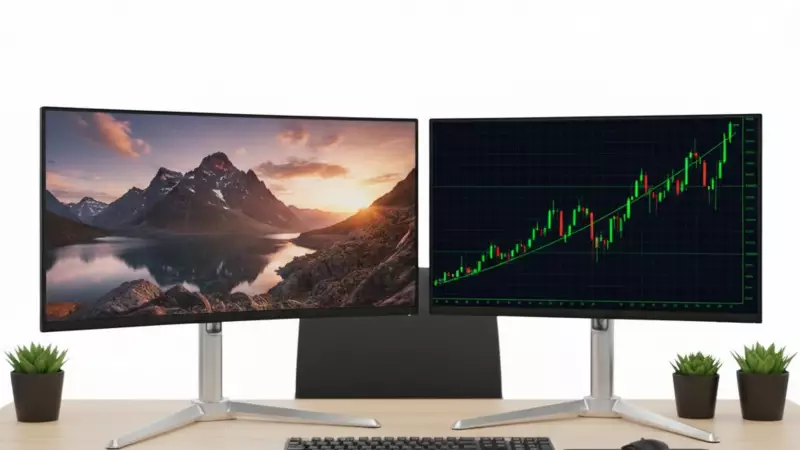
Choosing the right monitor can transform your computing experience, whether you're crunching numbers, designing graphics, or immersed in gaming. The debate between curved and flat displays is more relevant than ever, and making the right choice depends entirely on your specific needs.
The Immersive World of Curved Monitors
Curved monitors aren't just about aesthetics—they're engineered to match the natural curvature of human eyes. This design creates a more immersive viewing experience that pulls you into the content.
Key Advantages of Curved Displays:
- Enhanced immersion: The wrap-around effect makes gaming and movie-watching more engaging
- Reduced eye strain: Your eyes move less as the screen curves toward your natural field of vision
- Better peripheral vision: Ultra-wide curved monitors provide exceptional panoramic views
- Minimized distortion: Consistent viewing distance to all parts of the screen
The Classic Appeal of Flat Monitors
Flat monitors remain the industry standard for good reason. Their straightforward design and proven reliability make them suitable for virtually any computing task.
Why Flat Monitors Still Dominate:
- Cost-effective: Generally more affordable than their curved counterparts
- Collaboration-friendly: Perfect for shared viewing in office environments
- Wall-mount ready: Easy installation without special considerations
- Content creation:
- Ideal for graphic design and photo editing
- No geometric distortion in straight lines
- Accurate perspective for professional work
Making Your Decision: Key Considerations
For Gaming Enthusiasts
Curved monitors excel in gaming scenarios, especially with ultra-wide displays. The immersive quality can significantly enhance racing, flight simulation, and role-playing games. However, competitive esports players might prefer high-refresh-rate flat monitors for their consistent performance.
Office and Productivity Needs
Flat monitors typically win for office environments where multiple people need to view the screen simultaneously. For individual productivity tasks involving multiple windows, an ultra-wide curved monitor can be incredibly efficient.
Space and Budget Constraints
Flat monitors generally offer better value and are easier to position in compact spaces. Curved monitors require careful placement to achieve their optimal viewing sweet spot.
The Verdict: Which Should You Choose?
Choose a curved monitor if: You prioritize immersion in gaming or media consumption, work primarily alone with ultra-wide screens, and want to reduce eye strain during long computing sessions.
Stick with a flat monitor if: You need to share your screen with colleagues, work with precise geometric designs, have limited desk space, or are working with a tighter budget.
Ultimately, the best monitor is the one that fits your specific use case, workspace constraints, and personal preferences. Consider trying both types in person before making your final decision.





